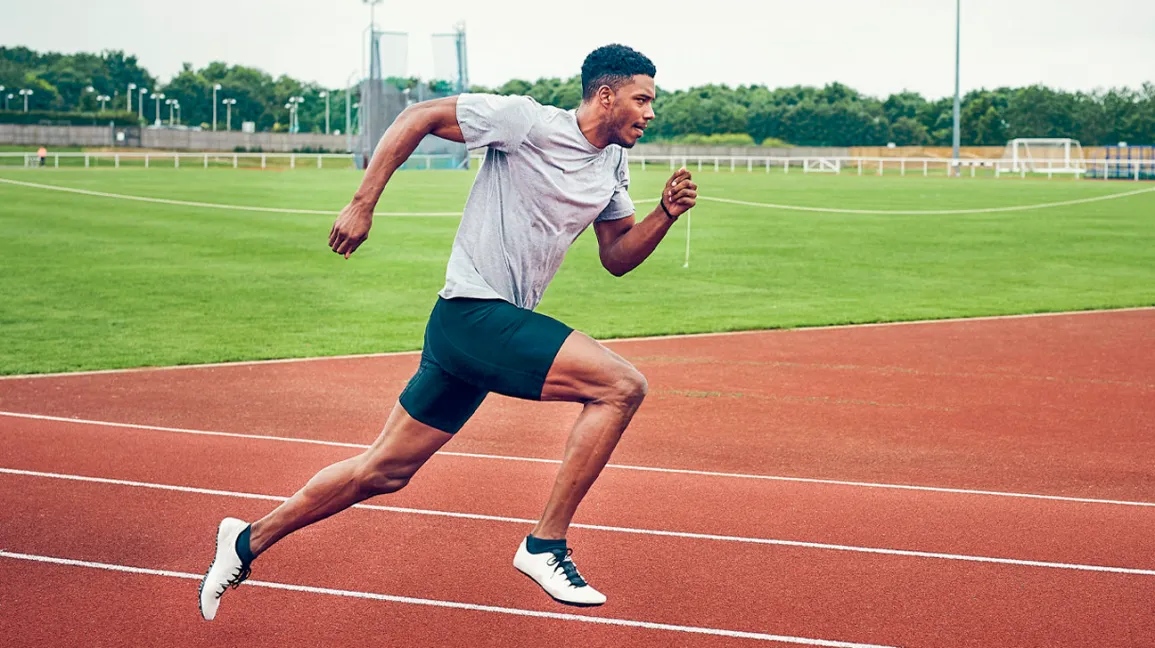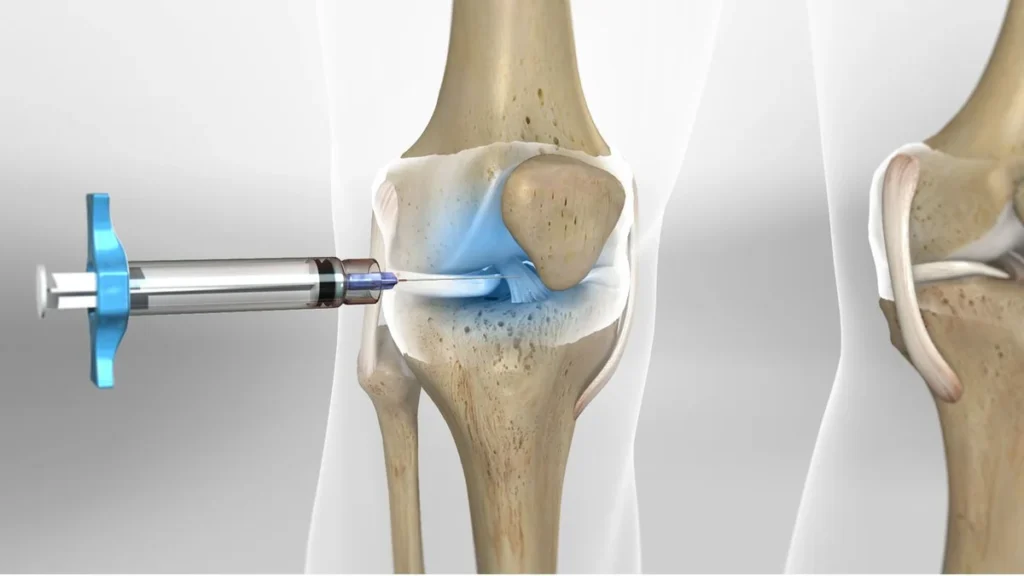Introduction to the Musculoskeletal System
The human body’s musculoskeletal system, also known as the locomotor system, comprises a collection of tissues that enable movement and mobility. This system includes bones (skeleton), muscles, tendons, ligaments, joints, and other connective tissues, which are organically integrated and controlled by the brain to facilitate movement.

- Introduction to the Musculoskeletal System
- The Skeletal System
- Protection and Support by the Skeleton
- Muscles
- Tendons (or Sinew)
- Ligaments in the Human Body
- Cartilage in the Musculoskeletal System
- Nerves in the Musculoskeletal System
- Integration of Biological and Mechanical Systems
- Biomechanics in the Human Musculoskeletal System
- Identifying Disorders and Diseases
- Conclusion and Invitation for Engagement
The Skeletal System
The skeleton is the primary structure of the human body’s musculoskeletal system. Bones are arranged in an order to form the skeleton, providing a foundation for the musculoskeletal system. Other body parts are either attached to or located within this skeletal framework.
Protection and Support by the Skeleton
Organs or parts of the musculoskeletal system are either situated on the bones, around them, or within the skeletal cavities. For example, the brain is protected within the skull bones, the heart and lungs are shielded by the rib cage, and various organs are safeguarded within the pelvic bones.
The skeleton not only serves as a framework and support for other body parts but also has the ability to change shape through joints. A joint is a location where two bones meet and can move in relation to each other.
As a result, the movement of bones alongside each other allows the skeleton to continually alter its overall shape. This capability enables us to move objects, change their shapes, or even move ourselves across the ground.
Muscles
Muscles, attached to bones, are essential for moving them. Each muscle connects at least two separate points to different bones. Thus, a muscle connects to two bones that form a joint and crosses over this joint.
When a muscle contracts, it shortens, changing its shape. This shortening, by transferring force to the bones, causes them to move.
Consequently, bones can change their position relative to each other, or in other words, move. This movement enables humans to interact with and modify their living environment. The movement of lower limbs through force application on the ground can cause the entire skeleton to change its location on the ground, allowing humans to move and alter their position in their environment.
Tendons (or Sinew)
Another part of the human body’s musculoskeletal system is the tendon or sinew. Often, muscles are not directly connected to bones but are instead linked through another tissue known as a tendon. Tendons act as intermediaries between muscles and bones.
A tendon is a robust tissue, one end of which attaches to a muscle and the other to a bone. It transmits the force generated from muscle contraction to the bone.

Ligaments in the Human Body
Role and Function of Ligaments
Although bones meet and move at joints, they require a strong and flexible connection for stability and movement. This stability is primarily provided by ligaments.
A ligament is a tough band of connective tissue that connects the ends of two bones at a joint. This connection ensures that the bones remain in place at the joint and do not move apart. Additionally, the flexibility of ligaments allows bones to move at the joint.
Cartilage in the Musculoskeletal System
Function of Cartilage
Cartilages are another vital part of the musculoskeletal system, located at the ends of bones at joints. Cartilage covers the bone ends with a layer that makes the surface smooth and slippery. This feature allows bones to move against each other at the joint with minimal friction.
Nerves in the Musculoskeletal System
Movement Coordination and Nervous System
The movement of the entire set of bones, joints, muscles, tendons, and ligaments, and the coordination among these elements, are controlled by the brain. These commands are transmitted through the neural network from the brain to the entire musculoskeletal system. Nerves carry motor instructions from the brain to the muscles and return sensory information from the limbs to the brain.
In other words, the neural network transmits information about the status of each joint, bone, and muscle to the brain and informs the brain about the changes that have been made in the musculoskeletal system as per its commands.
This feedback helps the brain to more accurately and effectively control the movements of the musculoskeletal system.
Integration of Biological and Mechanical Systems
The human body’s musculoskeletal system is, on the one hand, a living, biological system, and on the other hand, a mechanical system. Therefore, it follows the consistent laws of mechanics.
Biomechanics in the Human Musculoskeletal System
Understanding Biomechanics
The relationships that determine the movement of the complex components of this system are known as “biomechanics.” Biomechanics, or biological mechanics, is a field of science that explains which forces are applied to the human body’s musculoskeletal system and how these forces cause the movement of bones. Knowledge of biomechanics helps us better understand the structure of this system and identify signs of diseases and disorders within it.
Identifying Disorders and Diseases
Potential Disorders in the Musculoskeletal System
Each component of the human body’s musculoskeletal system can experience disorders, which may lead to diseases and symptoms such as pain, limited movement, swelling, or limping. A better understanding of the functioning of these components and how they work together as a whole enables us to more accurately recognize diseases associated with the system.
Conclusion and Invitation for Engagement
Thank you for reading the article on the human body’s musculoskeletal system. You are welcome to ask any questions you may have about the human musculoskeletal system in the comments section.

To make an appointment or get an online consultation with Dr. Nader Motallebi Zadeh, Limb lengthening surgeon, proceed here.



